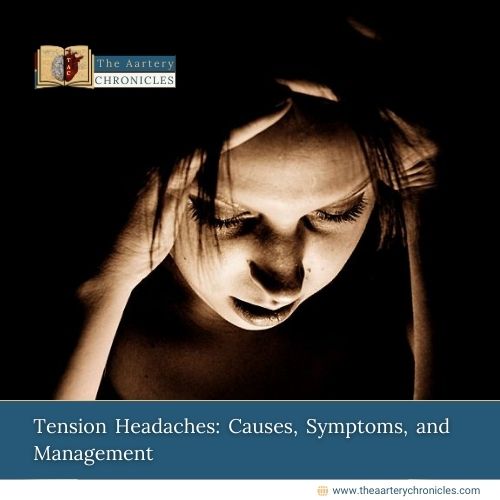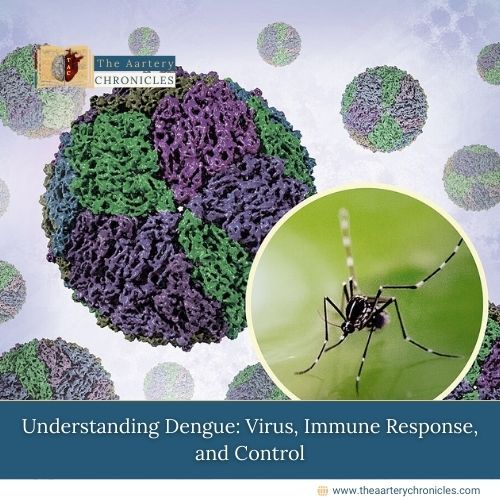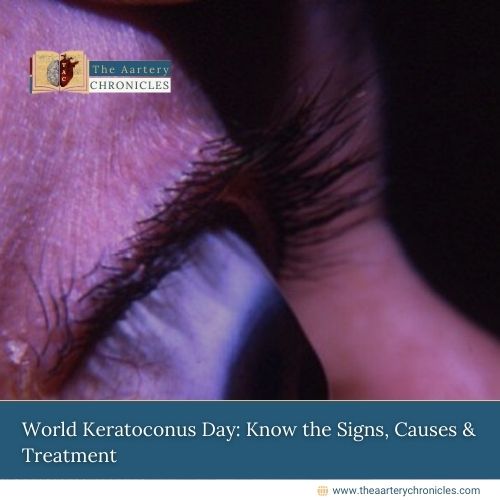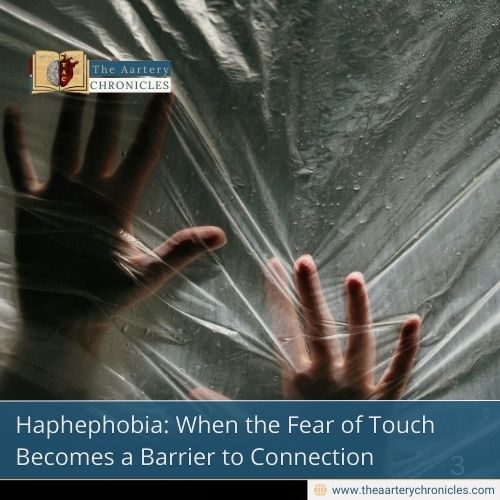
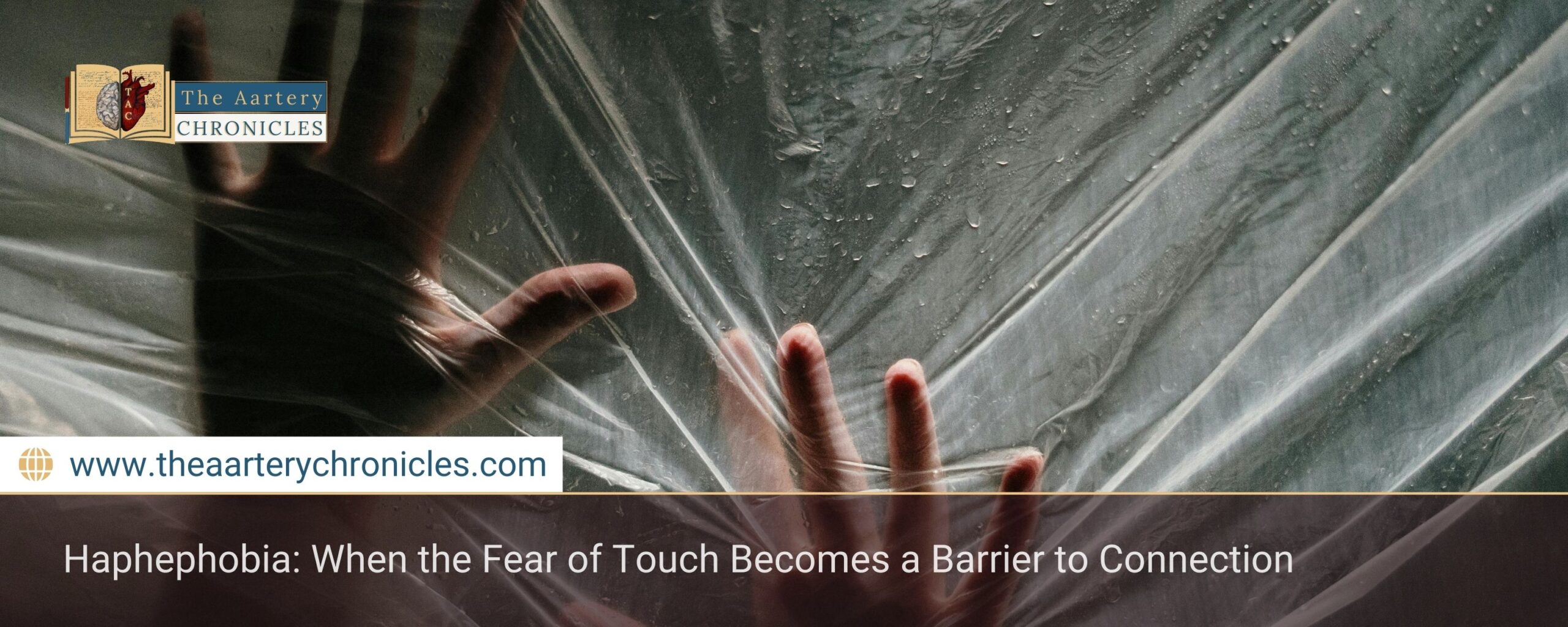
Haphephobia: When the Fear of Touch Becomes a Barrier to Connection
Introduction
Imagine going through your day unable to shake off the dread that someone might touch you — even a simple tap on the shoulder or a friendly hug. For many people, physical contact is a natural, comforting part of life. For individuals with haphephobia, even the slightest physical contact can provoke extreme anxiety, disturbing their sense of comfort and emotional connection.
More Than Just a Dislike of Touch
Haphephobia is often misunderstood as a mere dislike of physical contact, but it is much more serious. Haphephobia is a type of anxiety disorder marked by an intense and ongoing fear of physical contact.
Individuals with haphephobia experience intense terror at the prospect of physical contact—whether it is a light touch on the arm, a hug, or accidental contact in crowded places. This fear is not simply a preference but can trigger severe physical symptoms such as heart palpitations, sweating, nausea, and a fight-or-flight response.
Unlike sensory sensitivities where discomfort may be mild or situational, haphephobia is pervasive and can arise in various contexts, including social gatherings, crowded spaces, or even at home with loved ones. As a result, everyday interactions can become a significant source of anxiety and dread.
Causes and Risk Factors of Haphephobia
The origins are often complex and vary from person to person. Haphephobia may develop for several reasons, often linked to past experiences or underlying psychological conditions:
- Trauma or Abuse: Individuals who have experienced physical or sexual abuse may develop a fear of touch as a protective response.
- Coexisting Phobias and Mental Health Conditions: Having another phobia or mental health condition significantly increases the risk of developing a specific phobia.
- Sensory Processing Issues: People with certain neurodevelopmental disorders, such as autism spectrum disorder, might be hypersensitive to touch.
- Genetic or Environmental Factors: A family history of anxiety disorders can increase the likelihood of developing phobias.
In many cases, haphephobia—and specific phobias in general—develops without any identifiable cause. In many cases, individuals with haphephobia cannot pinpoint a specific cause, but they often recall the fear starting in early childhood. However, the triggering event may occur at any stage of life.
Symptoms of Haphephobia
Over time, and with the development of trust, some individuals may gradually learn to manage their fear of touch, particularly with one or two trusted people. They might become comfortable with initiating physical contact themselves or allowing others to touch them only with clear consent. However, others may continue to feel uneasy or distressed by any form of physical contact, regardless of the situation.
For those living with haphephobia, responses to touch-related triggers often mirror reactions seen in other specific phobias. Common reactions include
- Sweating
- Trembling uncontrollably
- Hyperventilating
- Freezing
- Nausea or vomiting
- Racing heart
- Rapid breathing
- Fainting
Social Isolation: The Hidden Consequence
Avoidance is a hallmark of specific phobias, and with haphephobia, this often means steering clear of situations where touch is expected or likely. This can involve strategies such as keeping hands occupied to avoid handshakes or hugs, avoiding people who might show romantic interest, or withdrawing from social events where physical contact is anticipated. Unfortunately, these behaviors can be misunderstood by others as aloofness or unfriendliness.
Since human touch plays a crucial role in fostering connection and comfort, the inability to engage in it without fear can result in deep feelings of isolation and loneliness. This further leads to strained relationships, increased solitude, and even depression. Thus, the fear of touch becomes a double-edged sword—while it protects the individual from distress, it also cuts them off from vital social support and connection.
How Is Haphephobia Diagnosed?
Although haphephobia is not listed as a separate diagnosis in the Diagnostic and Statistical Manual of Mental Disorders (DSM-5-TR), it is typically classified under the broader category of specific phobias—phobias related to a particular object or situation.
To make a diagnosis, a healthcare provider will assess the duration, intensity, and impact of the symptoms. This process often involves a detailed clinical interview, a review of the person’s medical and psychological history, and possibly physical exams or lab tests to exclude other potential causes.
According to the DSM-5-TR (American Psychiatric Association, 2022), for a diagnosis of specific phobia, the following criteria must be met:
- The fear must be excessive and irrational.
- The anxiety response should occur almost immediately upon encountering the feared stimulus.
- The person either stays away from the trigger or faces it while experiencing significant distress.
- The phobia must significantly interfere with daily functioning.
- The symptoms should persist for at least six months and not be better explained by another medical or mental health condition
Treatment for Haphephobia
The good news for individuals living with haphephobia is that specific phobias, including this fear of touch, are among the most treatable mental health conditions. Research suggests that with proper intervention, 80% to 90% of individuals can achieve significant improvement in their symptoms.
1. Medication Support
Although medication is not typically the first line of treatment for specific phobias, it can be helpful in managing acute symptoms of anxiety. Doctors may prescribe antidepressants or anti-anxiety medications to reduce emotional reactivity, especially if the phobia is severe or interferes with daily functioning. However, these medications are generally used alongside therapy rather than as a stand-alone solution.
2. Psychotherapy
- Exposure therapy: This method involves gradually and safely introducing the person to situations involving touch—starting with less threatening scenarios and working up to more direct forms of contact.
- Cognitive-behavioral therapy (CBT): CBT is another evidence-based approach commonly used to treat haphephobia. This therapy focuses on identifying and challenging the irrational thoughts and beliefs that fuel the fear of touch. By reshaping these thought patterns, CBT helps individuals gain a more balanced and manageable perspective on physical contact.
- Eye Movement Desensitization and Reprocessing (EMDR): EMDR is a specialized form of psychotherapy designed primarily to help individuals heal from trauma. It is especially effective for those whose phobias, such as haphephobia, are rooted in past traumatic experiences. During an EMDR session, the person is asked to recall a distressing memory while simultaneously engaging in bilateral stimulation—typically through guided eye movements, tapping, or auditory tones.
Living with Haphephobia
While haphephobia can be challenging, many people improve with appropriate treatment and support. Building trust with healthcare providers, loved ones, and gradually confronting fears can help individuals regain comfort with physical touch. Awareness and understanding from friends and family can also make a huge difference in reducing isolation and improving quality of life.
Conclusion
Haphephobia is a real and distressing fear of being touched that affects many people worldwide. Recognizing the symptoms and seeking treatment can help those affected lead fuller, less anxious lives. If you or someone you know struggles with this fear, remember that professional help is available, and recovery is possible.
- Haphephobia (Fear of Being Touched): Causes & Treatment
- Diagnostic and Statistical Manual of Mental Disorders | Psychiatry Online
- Specific Phobias | Anxiety and Depression Association of America, ADAA
- Neurobiology of fear and specific phobias
- Factors influencing the success of exposure therapy for specific phobia: A systematic review - ScienceDirect
- Dr Anjali Singh
- Medicine and Diseases
- 1 September 2025
- 11:00
Reviewed by Dr Aarti Nehra (MBBS, MMST)






